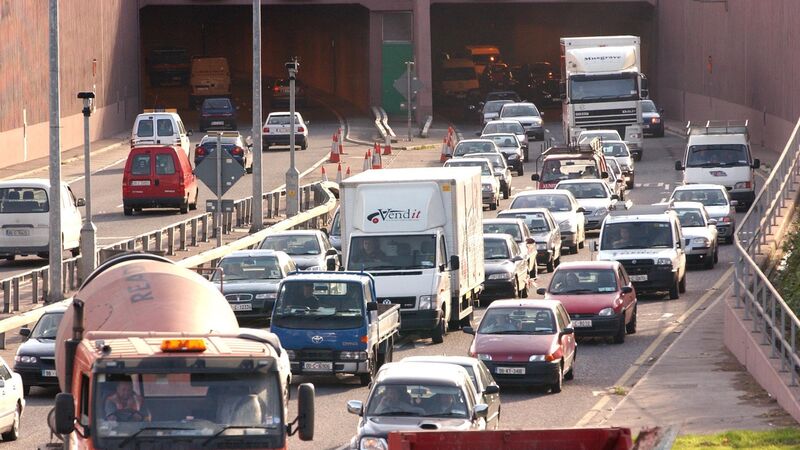EPA reveals just how far Ireland is from reaching emissions targets

Transport emissions are predicted to fall by between 1% and 35%, despite a 50% target. File Picture: Gerard McCarthy
Stark new figures have revealed how far off course Ireland is from reaching its greenhouse gas emissions targets by the end of the decade.
By then, the goal was to have reduced emissions by 51%. However, according to the Environmental Protection Agency, they are on course to have been cut by just 29% — with key sectors such as agriculture and transport way off target.
CLIMATE & SUSTAINABILITY HUB













